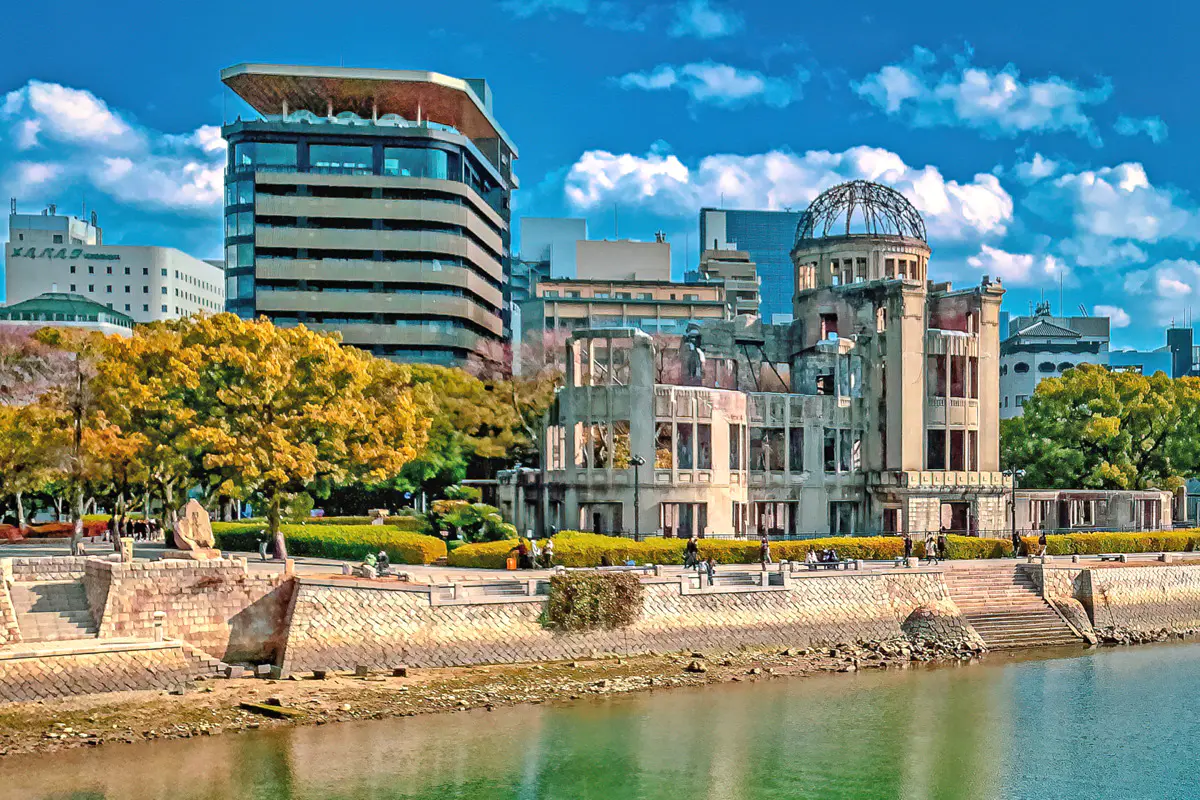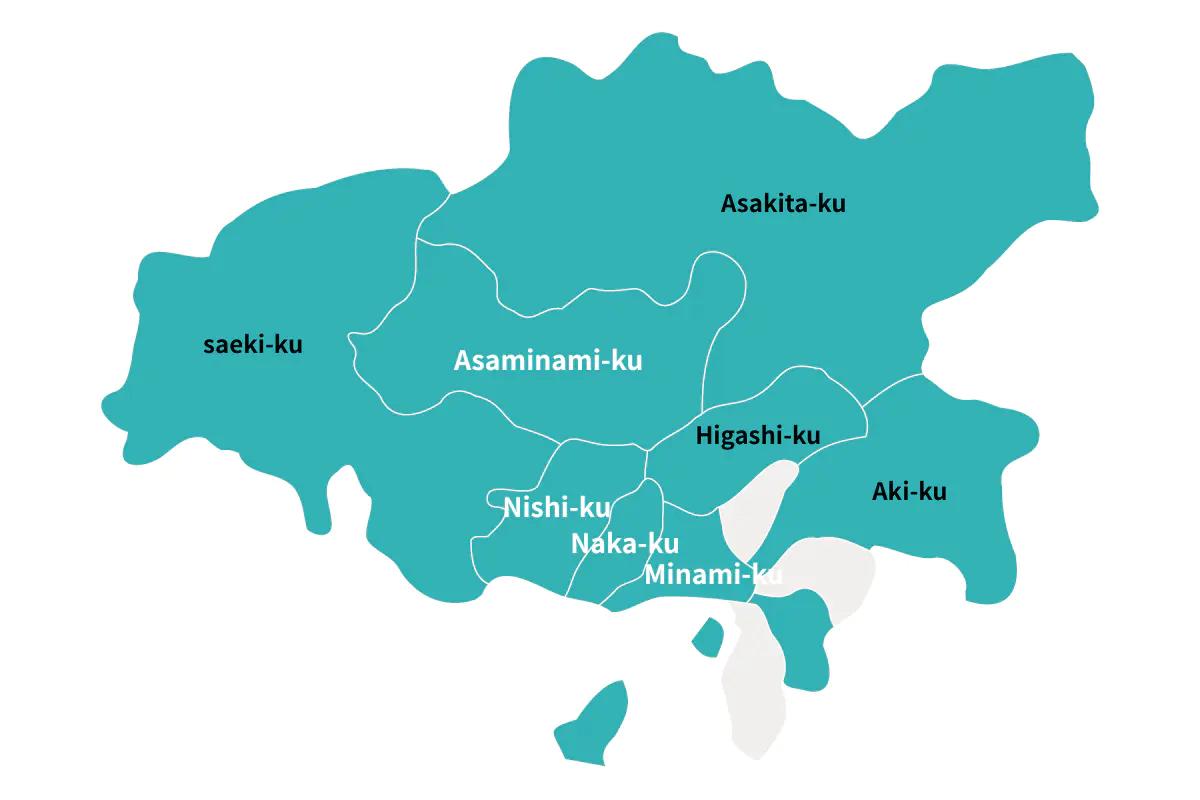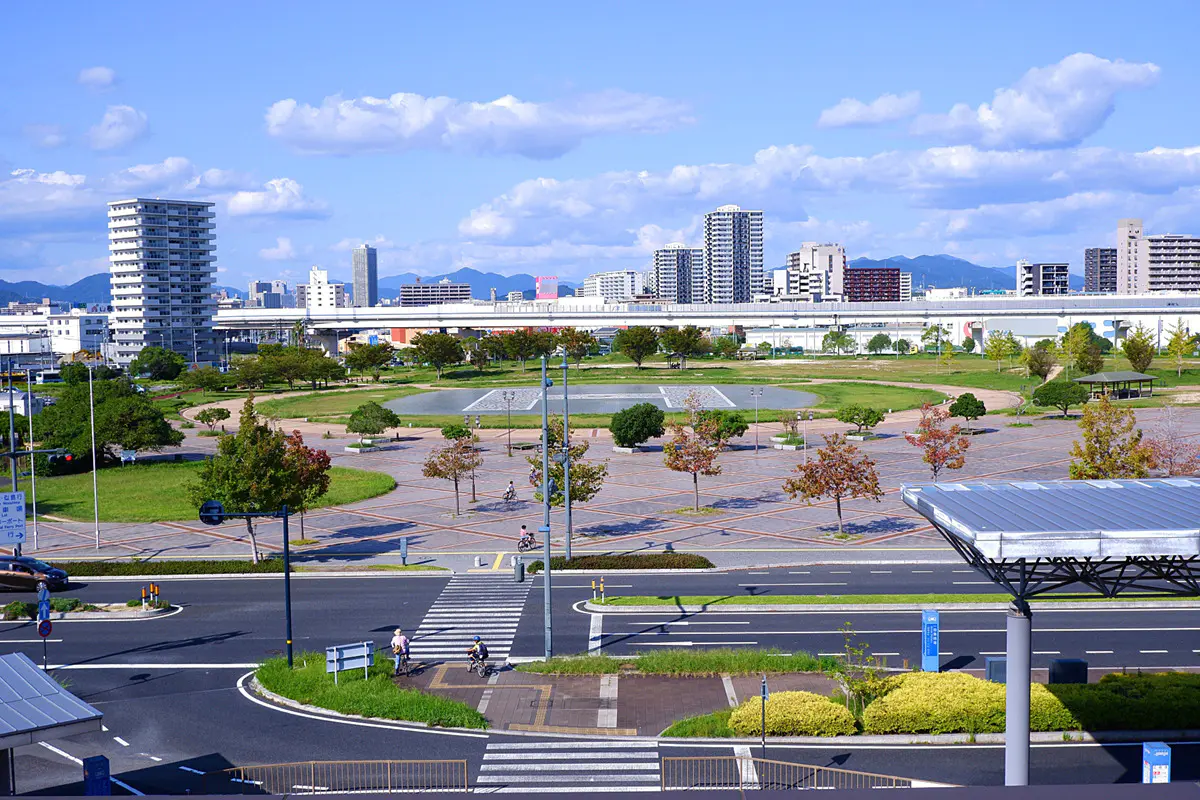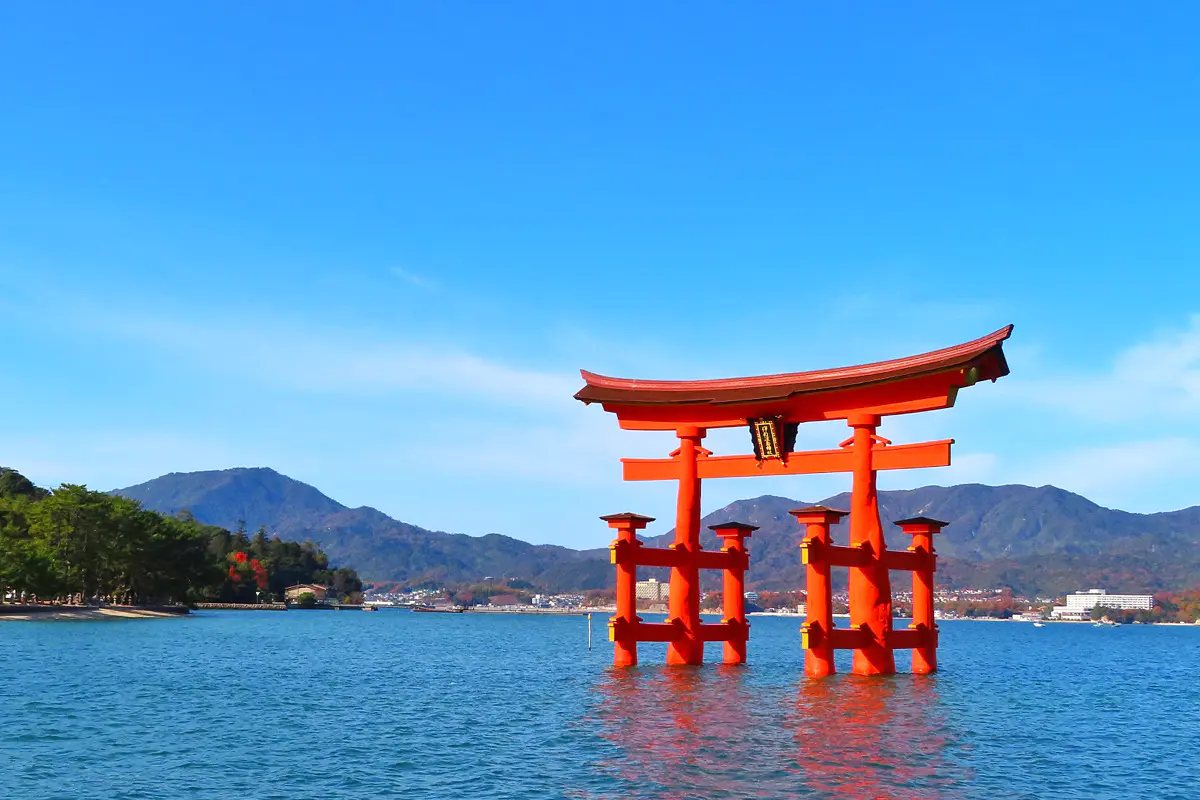Hiroshima Real Estate: Apartment, Akiya, Airbnb Strategies
Jul 20, 2025

In recent years, Hiroshima has emerged as a hotspot for real estate investment, attracting strong interest from both domestic and international investors. With a diverse range of options—from purchasing apartments to renovating old vacant homes (akiya), and operating Airbnb-style short-term rentals—each strategy offers unique advantages. In this article, we’ll break down the latest trends in Hiroshima’s property market and provide practical insights on apartment and akiya investing, Airbnb operations, as well as must-know regulations and considerations for investors.
Latest Trends in Hiroshima's Real Estate Market
Hiroshima, with a population of about 1.2 million, is the largest metropolitan area in Japan’s Chugoku/Shikoku region and boasts one of the most stable and sizable property markets outside the major metropolitan centers. A steady migration towards central districts such as Naka and Minami has fueled a consistent rise in property values—Naka Ward’s apartment prices, for instance, rank among the highest in Japan outside Tokyo and Osaka. This strong urban demand forms a robust foundation for real estate investment.
While the city’s overall population may fluctuate, the growing concentration in central areas is the key factor, supporting stable and long-term demand.
Competitive Prices Make Hiroshima Attractive
A major selling point for Hiroshima real estate is its affordability compared to Japan’s leading cities, such as Tokyo and Osaka. The average cost per tsubo (a unit of area equal to about 3.3 square meters) is roughly 60% of that in the Tokyo metropolitan area, meaning investors can diversify across multiple properties or get involved in akiya redevelopment projects on the same budget. These cost efficiencies are particularly appealing for first-time investors or those prioritizing long-term portfolio diversification.
Smart Infrastructure & Redevelopment: Opportunities for High Returns
- Hiroshima’s dense public transit network and ongoing urban redevelopment create strong investment potential
- Notable rises in land and property values, especially around Hiroshima Station and the Kamiya-cho area
- Large-scale shopping centers and new high-rise developments are elevating the entire region’s brand value
Investing early in properties—whether apartments or akiya—located on the “growth path” of redevelopment offers strong potential for both capital appreciation and steady rental income.
Strong Rental Demand: Apartments, Airbnb, and Short-Term Rentals
Another major draw for Hiroshima is its very strong rental market. The private rental ratio stands at about 37.5%, nearly matching figures seen in major metropolitan areas such as Nagoya, and only slightly below Tokyo’s 23 wards and Osaka City.
This means that, despite being a regional city, Hiroshima’s rental demand nearly rivals Japan’s three largest urban areas.
The city’s appeal is buoyed by the presence of universities, major companies, and an abundance of single-person and student households. Additionally, with global tourist attractions like Miyajima Island and the Peace Memorial Park, Hiroshima draws significant inbound tourism, creating strong upside for hotel and Airbnb-style accommodation investments. Thanks to its economic scale, stable population, cost-efficiency, robust infrastructure, and dynamic redevelopment, Hiroshima stands out as one of the most promising real estate markets among Japan’s regional cities.
Best Investment Areas in Hiroshima: Features & Insights
The top neighborhoods for real estate investment in Hiroshima include the central Naka, Minami, and Nishi districts, plus the “bedroom community” of Asaminami Ward. Each area has distinct rental demand, yield trends, and local characteristics, so understanding these differences is key to a smart investment strategy. Here’s what sets each apart:

Naka Ward
The city’s urban heart prioritizing asset value: As Hiroshima’s commercial and government hub—with offices, government buildings, and department stores—Naka attracts mostly singles and young couples. Demand is high for studio and compact apartments. While gross rental yields are modest at 4–6%, property values are stable and capital appreciation potential is strong. Large-scale redevelopment is underway from the Hiroshima Station area (Saruhashi neighborhood) through the busy downtown areas of Kamiya-cho and Hatchobori, promising further value increases. Exceptional access to JR Hiroshima Station, streetcars, and bus centers makes a car-free lifestyle possible.

Minami Ward
Diverse and rapidly developing around Hiroshima Station: Minami sits in the city’s south and includes the highly connected Hiroshima Station. Widescale redevelopment—rebuilt station buildings, new plazas—has revitalized the area, drawing a broad range of residents. Gross yields here average 4–7%, slightly higher than Naka Ward. The area features Shinkansen and local train access, plus Hiroshima Port for ferries. Western Minami Ward is set for waterfront development, with new shopping malls and tower condos. Note that supply and demand (and property prices) vary greatly within the ward: areas close to the station and highway interchanges command higher demand than the more industrial or reclaimed coastal zones. Choosing the right micro-location is essential.

Nishi Ward
Suburban feel with a wide range of living environments: Located west of central Hiroshima, Nishi is popular with both families and singles. Yields average 5–7%, higher than in Naka and Minami, making it suitable for yield-focused investors. It offers an abundance of shopping, logistics, and large retail outlets, ensuring convenience.
The ward contains both vibrant, flat commercial districts with high apartment demand and hilly, detached house neighborhoods best suited for car owners. Focusing on convenient, well-kept residential areas increases the odds of stable operations. Prices are generally less competitive than in the center, making it a good spot to find well-priced resale properties.
Asaminami Ward
Potential for high yields comes with higher risks: In the city’s northwest, Asaminami is a key bedroom community filled with large residential areas, shopping centers, and university campuses. Returns can reach 6-8%—the highest citywide—making it attractive for investors seeking higher yields. While transportation links are good, major landslides in 2014 impacted the market and introduced lasting geographic risk. Infrastructure like flood control dams has since improved safety, but investors in Asaminami should carefully balance yield and risk, and review hazard data when selecting properties.
Investment Strategies: Apartments, Akiya Renovations, Airbnb
Depending on your goals and risk tolerance, Hiroshima offers a variety of real estate investment approaches—from straightforward apartment rentals to value-add strategies like renovating older homes (akiya) and even commercializing Airbnbs. Below are three major strategies and corresponding recommended areas:
| Investment Type | Best For | Expected Yield | Initial Cost | Main Risks | Ideal Areas |
|---|---|---|---|---|---|
| New Apartment Investment (Turnkey Style) |
Busy professionals, portfolio diversification | 4–6% | ¥30,000,000+ | Vacancy risk | Hiroshima Station area, Kamiya-cho |
| Akiya Renovation (Active Value-Add) |
Intermediate investors, DIY-minded | 6–10% | Property Price + Renovation (¥5,000,000–¥8,000,000) |
Renovation/area image risk | Asaminami, etc. |
| Airbnb Operation (Entrepreneurial) |
Tourism, short-term returns | Monthly revenue ¥150,000–¥250,000/room |
¥12,000,000–¥35,000,000 | Legal & occupancy fluctuation | Naka Ward, near tourist hotspots |
Each of these strategies involves different risks and rewards—choose according to your experience and goals. Here’s what you need to know about each approach:
1. New Apartment Investment (Turnkey Style)
This approach lets you buy brand-new apartments, especially in redeveloping zones like Hiroshima Station and Kamiya-cho, and entrust everything—tenant screening, management, rent collection—to a real estate company. It’s ideal for investors who value stable income without the day-to-day hassle, such as busy executives or those living abroad.
Gross yields are moderate (4–6%), but capital values are generally stable, and reliable property managers lower the entry barrier for newcomers. The downside: upfront costs are higher, and yields can be lower due to the premium for new developments. Vacancies and future building maintenance need to be factored in, but with the right partners, this approach offers a stable long-term strategy.
2. Akiya Renovation (Active Value-Add)
This strategy focuses on buying older homes in suburban or university-adjacent neighborhoods, as in Asaminami, then spending ¥5–8 million on renovations to achieve a modern, income-producing property. The gap between suppressed land pricing (often due to past natural disasters) and current safety improvements can yield attractive returns; gross yields of 6–10% are achievable.
However, this approach is more hands-on: you’ll need to choose the right property, plan renovations, coordinate contractors, and confirm legal and seismic standards. It's best suited for intermediate investors ready for active involvement.
3. Airbnb/Short-Term Rental (Entrepreneurial)
Capitalizing on Hiroshima’s healthy tourism sector, Airbnb lets you convert a townhouse or an apartment unit into a lucrative rental, often earning ¥150,000–¥250,000 per month per unit. This can outperform long-term rentals.
Be aware: Japanese law (Minpaku) limits Airbnb operations to 180 days per year, and a range of property-use and facility standards must be met, with registration and prior notification required. Day-to-day operations—cleaning, booking management, guest support—also add complexity compared to standard rentals.
For investors interested in hospitality and guest experience, the rewards can be substantial if you comply with local regulations and build good relationships with local authorities. Carefully select locations and stay abreast of local legal changes.

Risk Factors and Essential Countermeasures
Investing in Hiroshima real estate requires attention to both general and locally specific risks. Here are some of the most important points unique to the city and how to manage them:
Geographical Risk (Landslides)
Much of Hiroshima is surrounded by mountains, making certain areas—like Asaminami—more prone to landslides (e.g., the major disaster in 2014). While new infrastructure and flood control dams have improved safety, always consult hazard maps and check a property's distance to slopes. There are “safe pocket neighborhoods” identified in local government materials, so be sure to do your homework.
Central vs Suburban Demand Gaps
While central Naka and Minami Wards consistently attract tenants, some suburban locations face shrinking rental populations due to aging society and falling birthrates. Be especially cautious of newly built properties in developing suburban tracts—unless there are steady sources of demand like near universities or business parks.
Currency Risk
International investors must also account for currency fluctuations; as you’re investing in yen-denominated assets, exchange rates can impact your real returns. Consider currency hedging or time your investments for favorable movements.
In summary, the best way to navigate the risks of investing in Hiroshima—like geographical hazards, market demand, property upkeep, and financing—is with careful preparation. Most risks are manageable with information and due diligence: don’t let the unknown scare you. Use a checklist to address risks step by step, and you’ll be well on your way to success.
Conclusion: Why Hiroshima Is a Model for Regional Real Estate

Investing in regional Japanese cities like Hiroshima offers unique advantages over Tokyo or Osaka. Undervalued assets, stable markets, and untapped demand combine to present compelling opportunities—you don’t need to accept higher risk just because a city is outside the metropolises. Lower initial costs and portfolio diversification are major benefits.
Hiroshima consistently stands out among Japan’s regional cities: its well-balanced market, dynamic redevelopment, and wide array of strategies (from apartments to Airbnb to akiya rehabs) make it a case study in successful real estate investing. Both value-seeking and diversification-focused investors can profit here—especially overseas buyers looking to tap into Japan’s ongoing growth.
If you’re seeking new avenues for returns and satisfaction, why not take a closer look at Hiroshima? With thorough local research and a strategic approach, you may discover a real estate experience unlike anything in Tokyo or Osaka.
If you'd like to learn the basics of real estate in Hiroshima, please see this article.